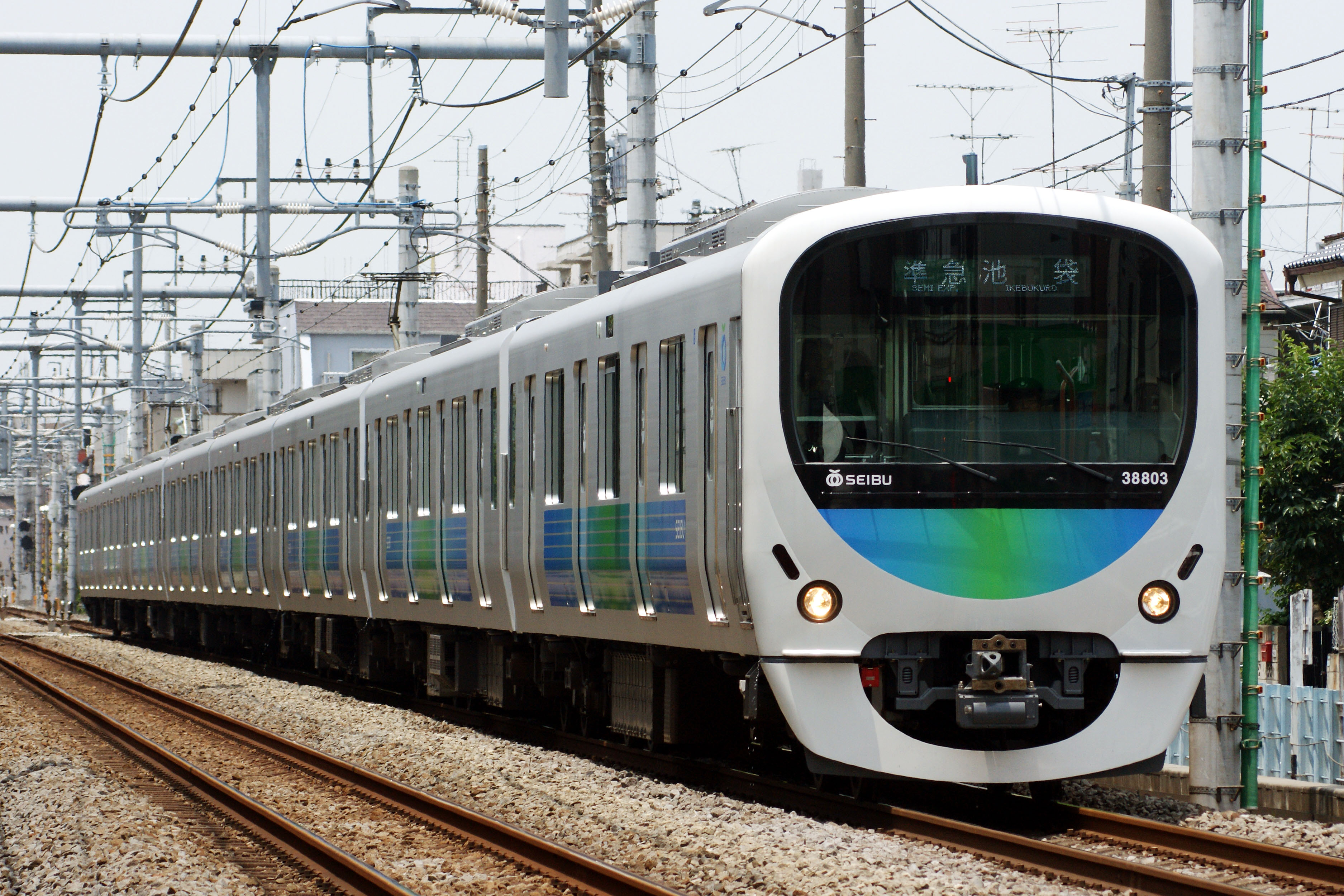Railways are a climate-smart and efficient way to move people and freight. Railways promote economic growth while cutting greenhouse gas emissions. They are a clean and compact way to move millions of passengers and millions of tons of goods across countries and continents.
Yet railways constitute a shrinking share of transport in many developing countries, where railway service is often uncompetitive and poorly integrated with other forms of transport. Slow speed, high prices, and lack of reliability mean that potential users choose other transport options.
To make rail more efficient, and useful to both urban dwellers commuting to work and factory managers moving freight, the World Bank supports developing country governments in tackling three key challenges:
- Reforms in the way railroads are organized and financed, including better governance and more competition, which will provide better service at lower prices.
- Integrating railways into a country’s transportation network. This often requires both new investments in terminals and a new way of thinking about how railroads mesh with roads, ports and businesses in general.
- Research into rail’s impact on poverty. With a better understanding of rail’s potential to address poverty, transport ministries and urban planners can make more informed decisions on policies and investments.
The World Bank is working across the globe to help developing countries put more people and more freight onto efficient, well-managed railways.
- In China, the GuiGuang railway project is connecting less-developed regions in the southwest to the Pearl River Delta. Local people use the line to get to better jobs and tourists use it to visit the scenic countryside.
- In India, the World Bank is financing a dedicated freight corridor, which will meet the country’s rising demand for energy-smart and environmentally sound transport. Over the next 30 years, the project will cut 67 million tons of CO2 emissions.
A new rail link through high mountains in Uzbekistan aims to better tie the country together. Since buses are barred from using the mountain road into the Ferghana Valley for safety reasons, almost everyone travels by car or shared taxi. In 2012, an estimated 10,000 vehicles per day travelled across the pass. About a quarter of those are trucks, hauling about 7 million tons of freight. Once the line is up and running, it will take 200,000 tons of CO2 a year out of the atmosphere.
Partnering with the World Bank
The World Bank brings its expertise and long experience to reforming and managing railways. Today, the World Bank is doing railway research and analysis in over 20 countries. Across Africa, Asia, the Middle East and eastern Europe, the Bank is supporting 16 investment projects worth $6.9 billion U.S. dollars.
The World Bank also develops and applies knowledge in rail sector governance, developing multi-modal linkages and poverty impact for its client worldwide. This knowledge is available in “Railway Reform: A Toolkit for Improving Rail Sector Performance” and many other studies.
